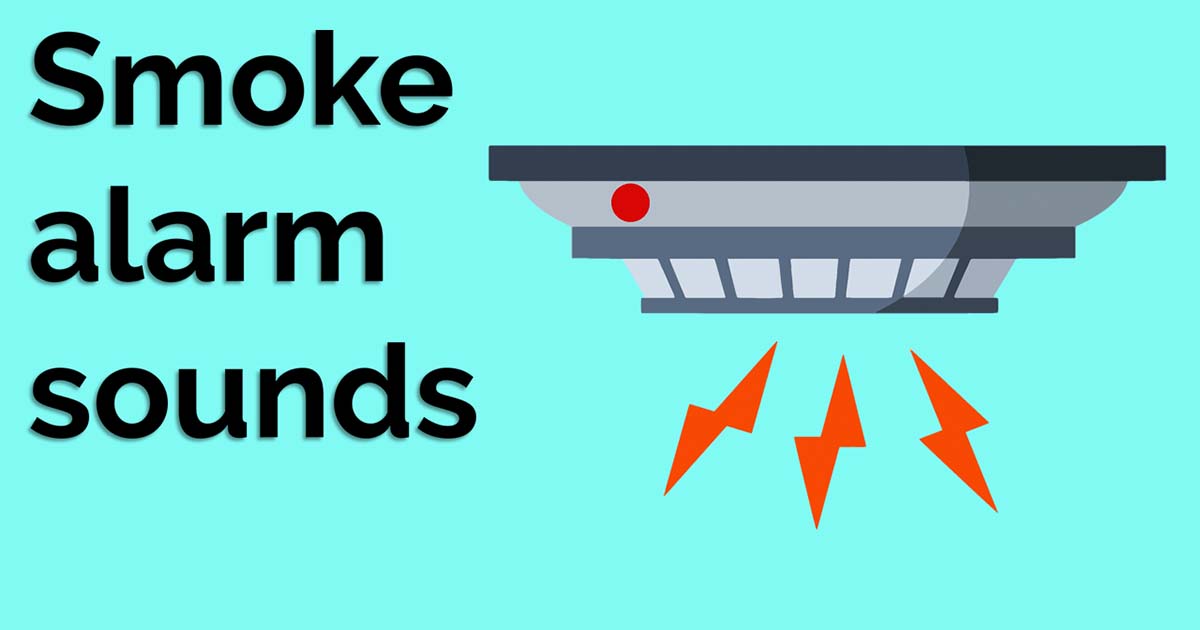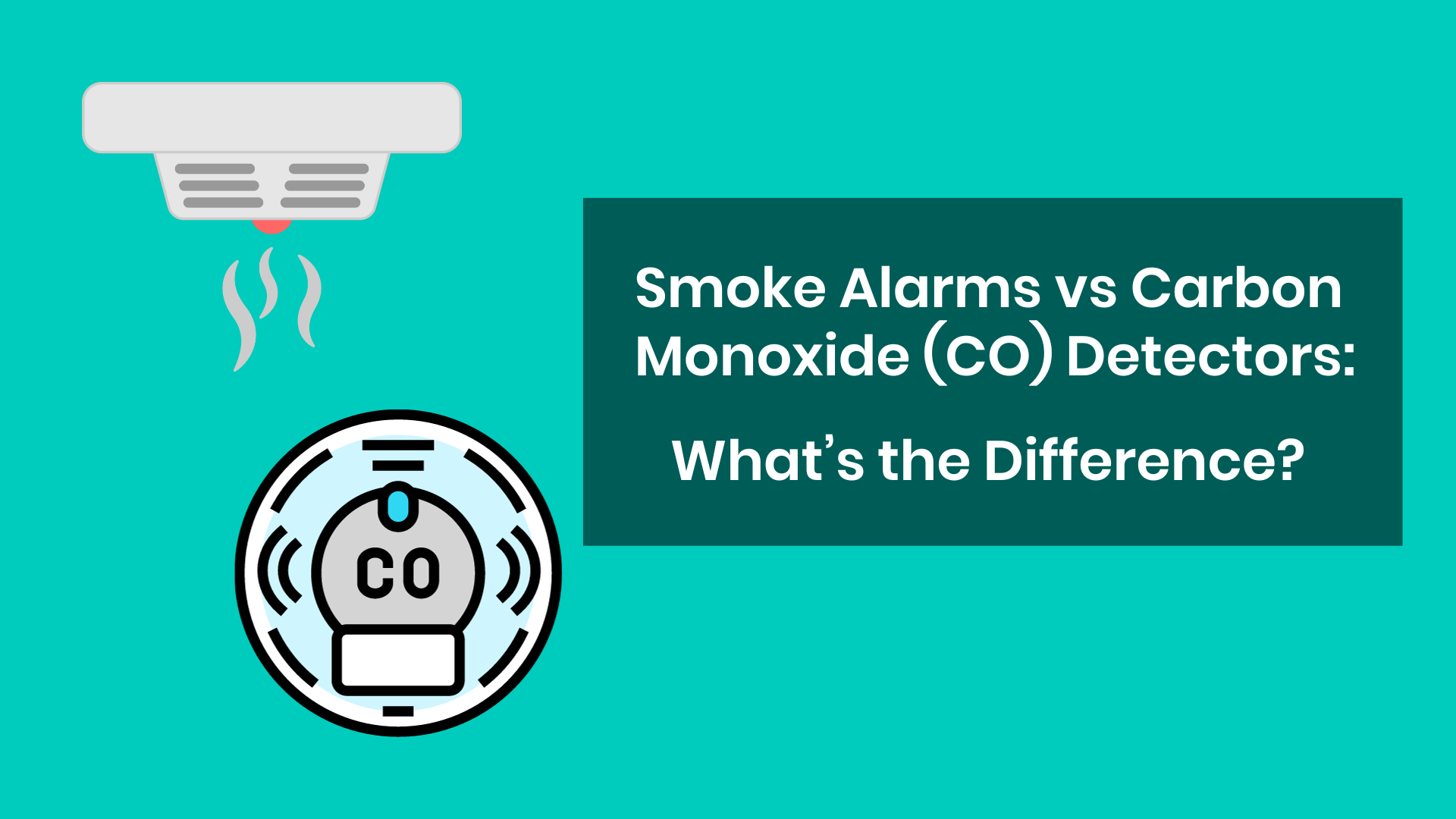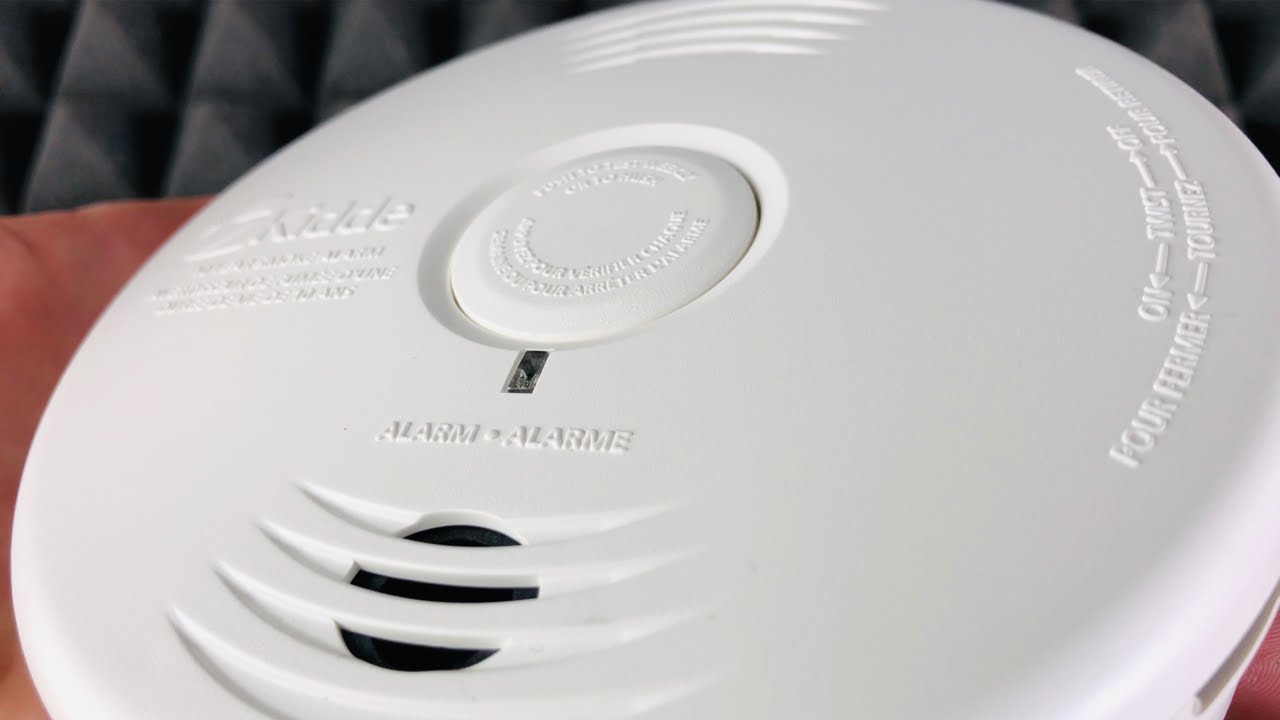How Does The Carbon Monoxide Alarm Sound

Understanding Carbon Monoxide Alarm Sounds: Protecting Your Home and Family
When choosing a new HVAC system, especially one that uses gas, propane, or oil for heating, understanding the role of carbon monoxide (CO) alarms is crucial. A properly functioning CO alarm can be the difference between safety and tragedy. This guide will delve into what makes a CO alarm sound, how to differentiate it from other alarms, and how to ensure your home is protected. We'll also touch on how HVAC systems contribute to CO risks and preventative measures you can take.
What is Carbon Monoxide and Why is it Dangerous?
Carbon monoxide (CO) is an odorless, colorless, and tasteless gas produced by the incomplete combustion of fuels such as natural gas, propane, oil, kerosene, wood, charcoal, and gasoline. Because it is undetectable by human senses, it's often called the "silent killer." When inhaled, CO prevents red blood cells from carrying oxygen, leading to symptoms like headaches, dizziness, weakness, nausea, vomiting, chest pain, and confusion. High levels of CO exposure can lead to unconsciousness, brain damage, and even death.
Your HVAC system, if not properly maintained or if malfunctioning, can be a significant source of CO. Furnaces, boilers, water heaters, and even generators can all produce CO. Therefore, having working CO alarms and knowing what their sounds mean is paramount.
Decoding the Carbon Monoxide Alarm Sound
CO alarms are designed to alert you to the presence of dangerous levels of carbon monoxide. While the sound may seem simple, understanding its specificity is vital.
The Standard Carbon Monoxide Alarm Sound
The standard CO alarm sound, as defined by the National Fire Protection Association (NFPA), is four short beeps followed by a pause, and then the pattern repeats. This is the internationally recognized signal for carbon monoxide detection. Most alarms will also have a red indicator light that flashes in sync with the beeping.
Key takeaway: Four beeps, pause, repeat = Carbon Monoxide.
Differentiating CO Alarms from Smoke Alarms
One of the most crucial things you can do is to learn to distinguish the CO alarm sound from the smoke alarm sound. Smoke alarms typically sound with three long beeps followed by a pause, and then the pattern repeats. Some newer smoke alarms will verbally announce "Fire!" as well.
Smoke Alarm: Three beeps, pause, repeat = Fire.
Confusing these signals can have dire consequences. Regular testing of both your smoke and CO alarms is essential to ensure you can recognize the different sounds in an emergency.
What to do When the CO Alarm Sounds
If your CO alarm sounds with the standard four-beep pattern, follow these steps immediately:
- Evacuate: Immediately leave the premises, taking everyone with you, including pets. Do not hesitate.
- Call for Help: Once you are outside in fresh air, call 911 or your local fire department. Do not re-enter the building until authorized by emergency responders.
- Ventilation (If Safe and Instructed): If emergency responders advise, you *may* be instructed to open windows and doors to ventilate the building *after* the source of CO has been identified and addressed. This is *only* if professionally instructed.
- Seek Medical Attention: If anyone experiences symptoms of CO poisoning, seek immediate medical attention.
- Identify the Source: Professionals will need to inspect your home and HVAC system to determine the source of the CO leak. Do not attempt to fix the problem yourself.
The Importance of Regular Testing and Maintenance
Testing your CO alarms regularly is crucial. Most manufacturers recommend testing them at least monthly. To test, simply press the "test" button on the alarm. The alarm should sound briefly. If it doesn't, replace the batteries or the alarm itself.
CO alarms don't last forever. Most have a lifespan of 5-7 years. Check the manufacturer's instructions for the expiration date and replace them accordingly. Consider purchasing CO alarms with digital displays that show current CO levels and historical data.
HVAC Systems and Carbon Monoxide: Prevention is Key
While CO alarms are your first line of defense, preventing CO leaks from your HVAC system is equally important.
Regular HVAC Maintenance
Schedule annual maintenance for your furnace, boiler, and other fuel-burning appliances with a qualified HVAC technician. During maintenance, the technician should inspect the system for leaks, cracks, and other potential problems. They should also clean the system to ensure proper combustion.
Proper Ventilation
Ensure that all fuel-burning appliances are properly ventilated. Chimneys and vents should be clear of obstructions. Never block or cover air vents.
Choose the Right HVAC System
When replacing your HVAC system, consider models with built-in safety features, such as automatic shut-off mechanisms in case of malfunctions. Choosing high-efficiency models can also reduce the risk of CO production due to more complete combustion.
When choosing a new furnace, look for a high AFUE (Annual Fuel Utilization Efficiency) rating. Higher AFUE ratings indicate more efficient fuel combustion, reducing the risk of CO production. Similarly, for air conditioners, consider the SEER (Seasonal Energy Efficiency Ratio) rating. While SEER doesn't directly relate to CO, a more efficient system overall means less strain and potential for malfunction.
Popular HVAC brands known for reliability and safety features include Carrier, Trane, Lennox, and American Standard. Researching specific models and their safety certifications is highly recommended. For example, some Carrier furnaces offer sealed combustion systems that minimize the risk of CO leaks.
Common HVAC System Issues that Can Cause CO Leaks
- Cracked Heat Exchanger: A cracked heat exchanger in a furnace is a common cause of CO leaks. The crack allows CO to escape into the home's air supply.
- Blocked Chimney or Vent: A blocked chimney or vent can prevent CO from escaping to the outside.
- Improper Combustion: Improper combustion due to a dirty burner or other issues can lead to increased CO production.
- Faulty Gas Valve: A faulty gas valve can cause gas to leak, increasing the risk of CO poisoning.
Understanding Warranties and Maintenance Contracts
When purchasing a new HVAC system, carefully review the warranty terms. A comprehensive warranty can protect you from unexpected repair costs related to CO-related issues. Also, consider purchasing a maintenance contract from a reputable HVAC company. A maintenance contract typically includes annual inspections and tune-ups, which can help prevent CO leaks and other problems.
Typical warranties cover parts for 5-10 years, and some offer extended warranties on critical components like the heat exchanger. Read the fine print to understand what is covered and what is not.
Smart CO Alarms: A Modern Approach to Safety
Consider investing in smart CO alarms that connect to your home's Wi-Fi network. These alarms can send alerts to your smartphone or other devices, even when you're not home. Some smart alarms also integrate with smart home systems, allowing you to remotely shut off your HVAC system in the event of a CO leak.
Final Thoughts
Understanding the carbon monoxide alarm sound is a critical life safety skill. By recognizing the four-beep pattern and taking prompt action, you can protect yourself and your family from the dangers of CO poisoning. Regular maintenance of your HVAC system, combined with working CO alarms, is the best way to ensure a safe and healthy home environment. Don't underestimate the importance of this often-overlooked aspect of home safety when selecting and maintaining your HVAC system. Your family's safety is worth the investment.










